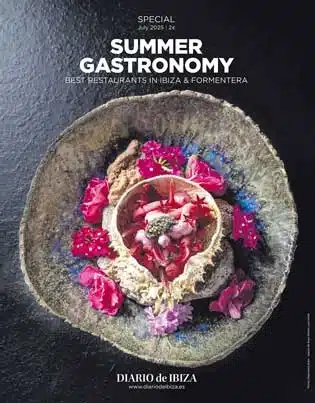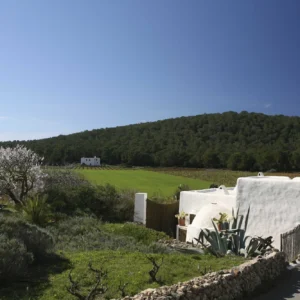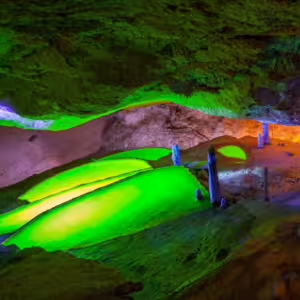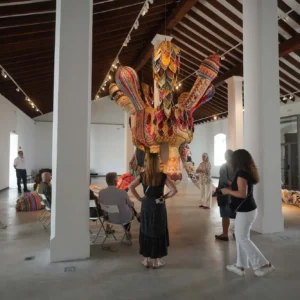The Necropolis of Puig des Molins in Ibiza is one of the most significant archaeological sites in the Mediterranean, offering a deep insight into the burial customs of the ancient Phoenicians, Punics, and Romans who once inhabited the island. Designated as a UNESCO World Heritage Site in 1999, it forms part of the broader recognition of “Ibiza, Biodiversity and Culture” for its cultural and historical importance.
Origins and historical importance
The history of the Necropolis of Puig des Molins dates back to the late 7th century BCE, when the Phoenicians, the first settlers of the ancient city of Ebusus (modern-day Ibiza), chose this hillside as their cemetery. The site, known as Puig des Molins—meaning ‘Hill of the Windmills’ due to the structures that once dotted its summit—was selected due to its proximity to the city but also its symbolic location, merging life and death in the Phoenician worldview.
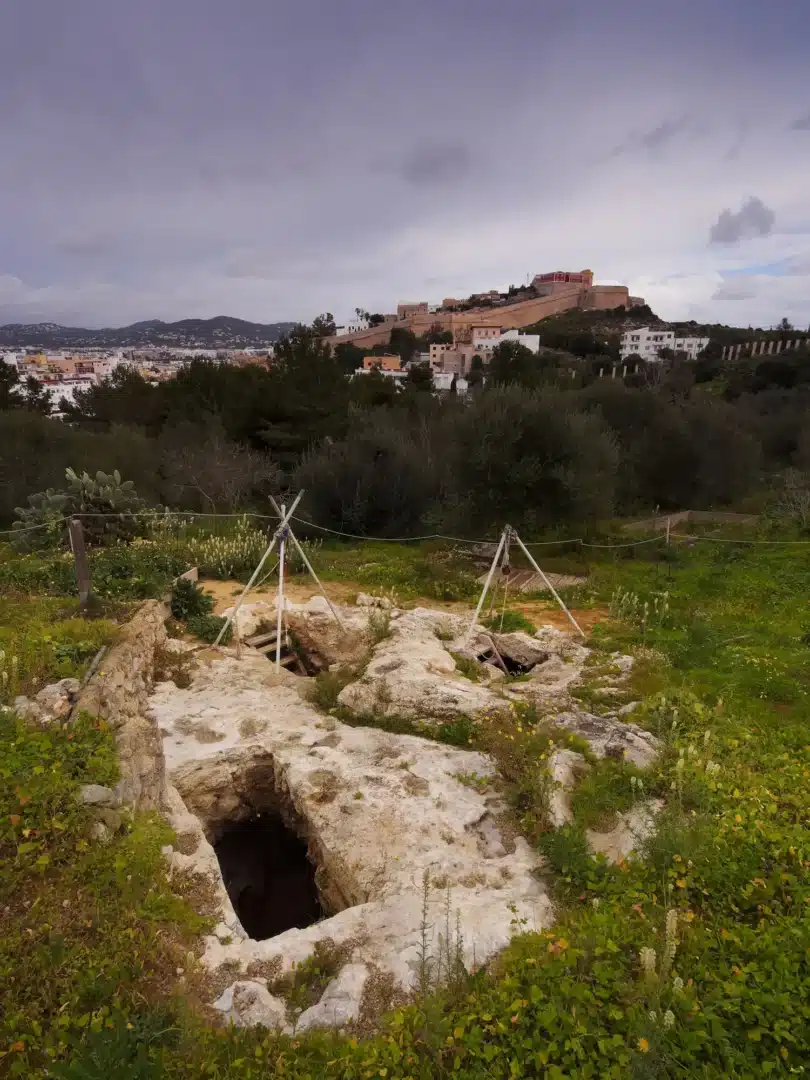
As the centuries passed, the site expanded significantly under the influence of the Punics, who succeeded the Phoenicians and left their indelible mark on the necropolis. The most abundant remains from this period are hypogea, which are underground tombs with access pits that lead to burial chambers. These well-preserved chambers reflect the unique and sophisticated funerary traditions of the Punics. The Necropolis of Puig des Molins houses over 3,000 tombs, making it the largest and best-preserved necropolis of this era in the entire Mediterranean.
With the arrival of the Romans in the 2nd century BCE, the necropolis continued to serve as the city’s cemetery. The Roman tombs, however, were largely built over earlier Phoenician and Punic graves, demonstrating a layered and complex history of cultural interactions in Ibiza.
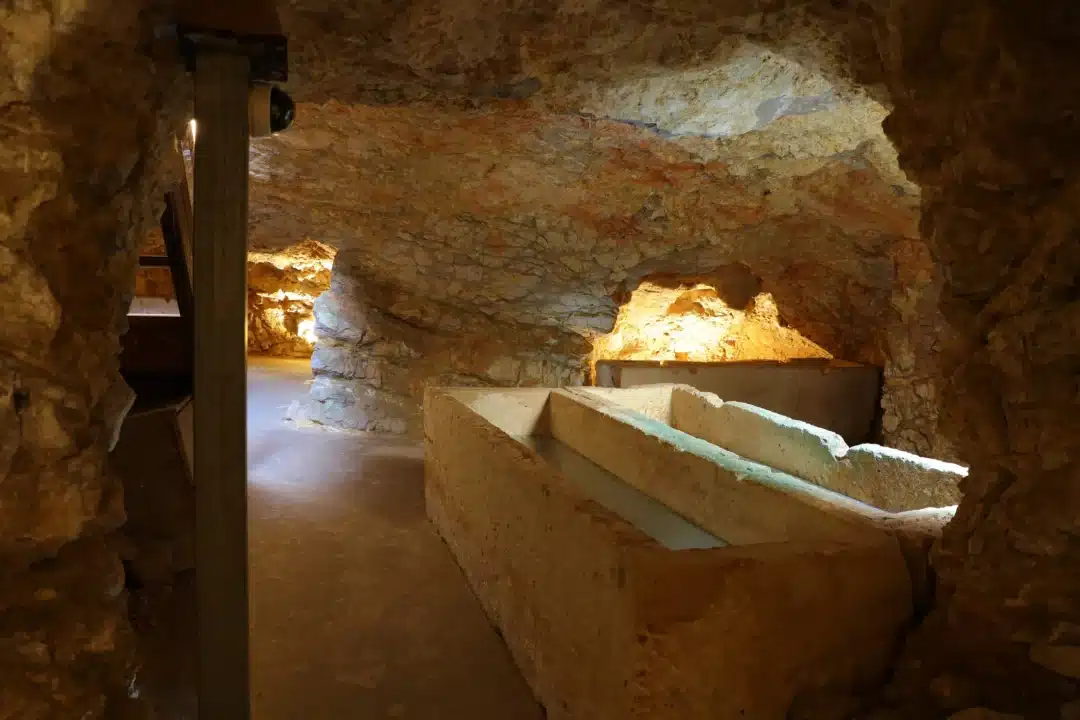
UNESCO World Heritage designation
The UNESCO designation in 1999 acknowledged the site’s profound archaeological and cultural significance. The Necropolis of Puig des Molins, along with the ancient city of Dalt Vila, was recognised for its outstanding preservation of Mediterranean history and its contributions to our understanding of ancient burial practices. UNESCO highlighted the site’s exceptional role in illustrating the unique blend of Phoenician, Punic, and Roman civilisations that shaped the island’s development.
One of the main reasons for its UNESCO listing is its representation of the cultural richness of Ibiza beyond its modern identity as a holiday destination. The necropolis is not just an archaeological site; it embodies the long and complex history of a place that was once a thriving hub of Mediterranean trade and culture.
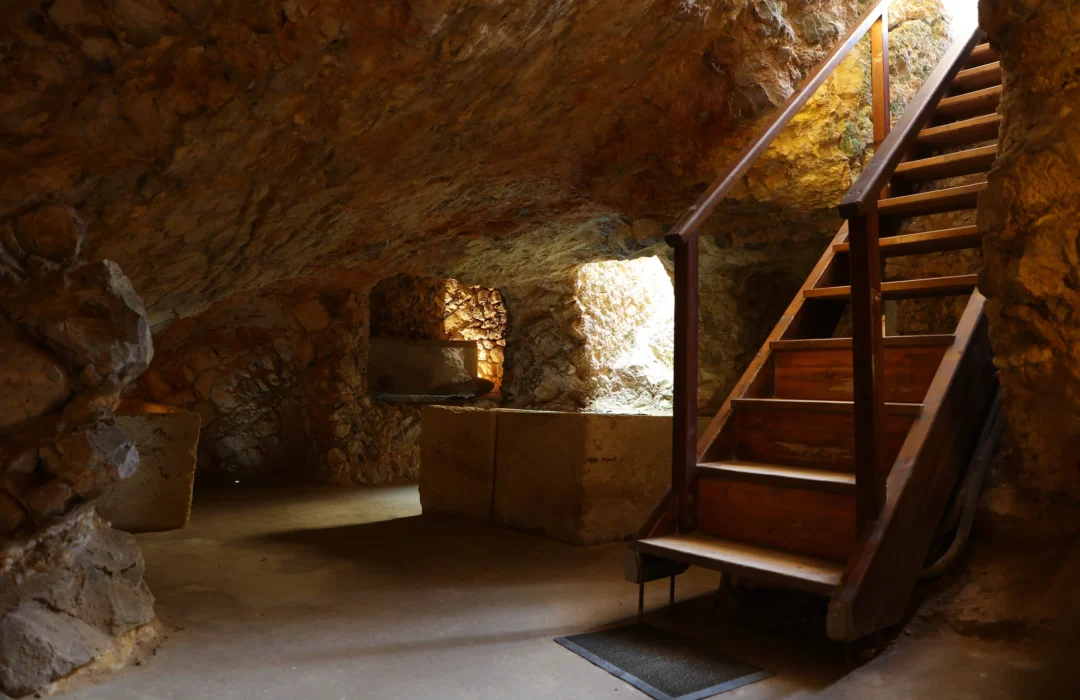
Exploring the Necropolis of Puig des Molins and Museum
Visitors to the Necropolis of Puig des Molins can explore a selection of these ancient tombs, many of which have been carefully excavated and are accessible via stairs. The site also features a Monographic Museum, which houses a vast array of artefacts uncovered during the archaeological excavations. These include pottery, jewellery, and personal items that were buried with the dead, offering a glimpse into the life—and death—of ancient Ibiza’s inhabitants.
The museum also presents exhibitions that explore the evolution of funerary practices on the island, from the Phoenician worship of deities like Tanit to the Roman adaptation of these traditions. This blend of history and archaeology makes it an essential visit for anyone interested in the deep past of the Mediterranean.
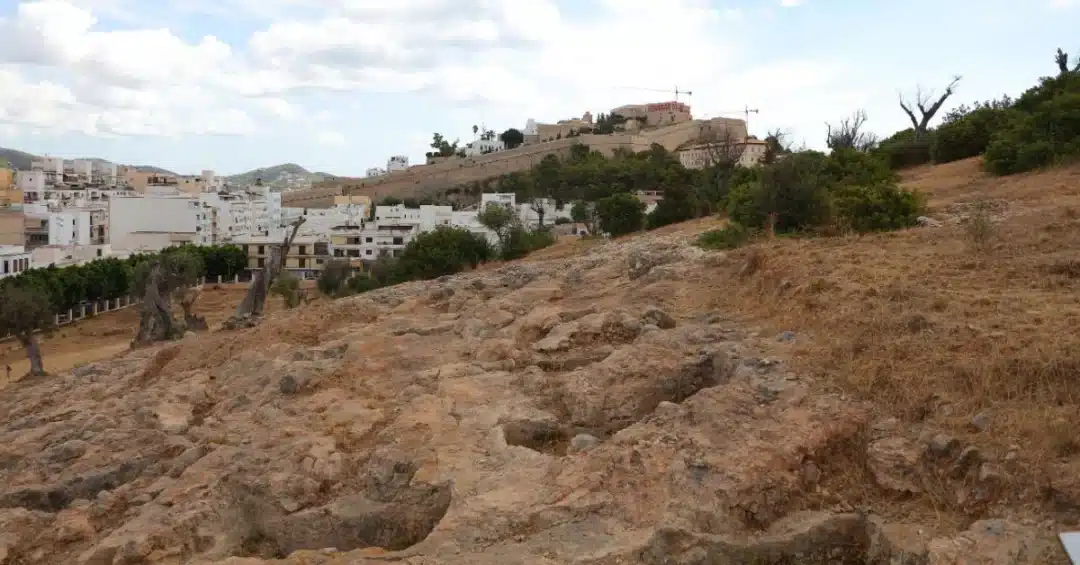
Cultural and touristic significance today
Today, the Necropolis of Puig des Molins is a prominent cultural and tourist attraction. It draws visitors from around the world who seek to explore Ibiza’s ancient history, beyond its beaches and nightlife. The necropolis plays a vital role in educating both locals and tourists about the island’s past, offering a tangible connection to its Phoenician and Punic roots.
Moreover, the continued study and conservation of this site not only preserve its historical integrity but also enhance the cultural identity of Ibiza. The necropolis remains a focal point of the island’s heritage, emphasising that Ibiza’s history extends far beyond its modern fame.
The Necropolis of Puig des Molins is much more than just an ancient cemetery. It is a window into the island’s rich past, preserving the legacies of the diverse civilisations that once called Ibiza home. As a UNESCO World Heritage Site, it stands as a testament to the cultural and historical wealth of the Mediterranean world, offering invaluable insights into the lives and beliefs of its ancient inhabitants.

